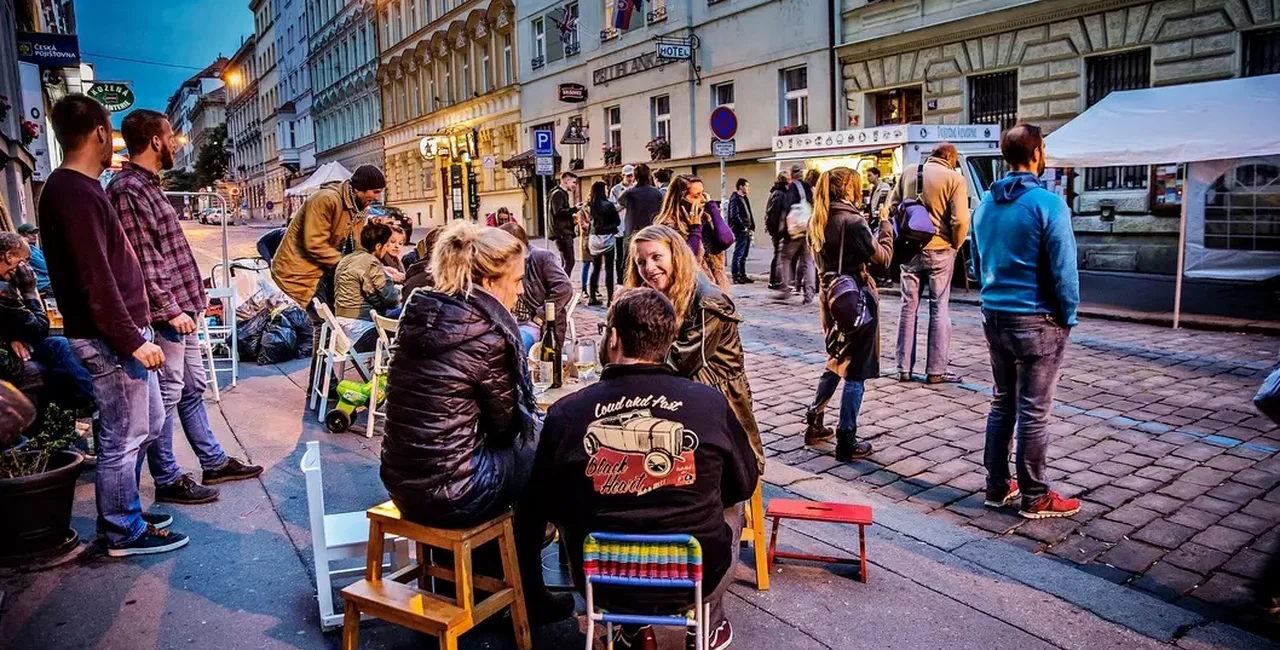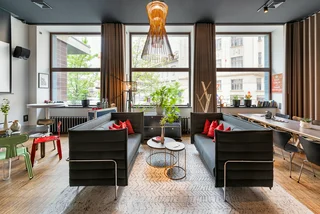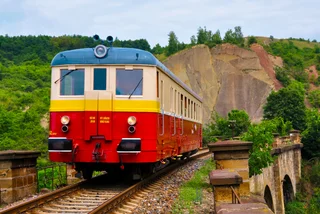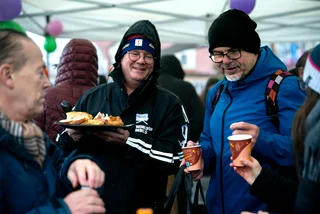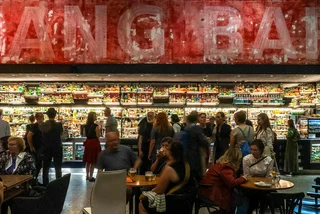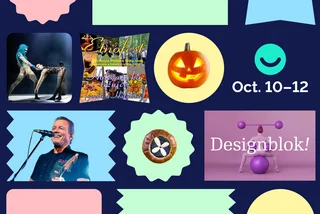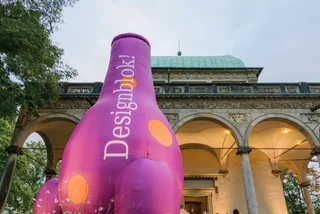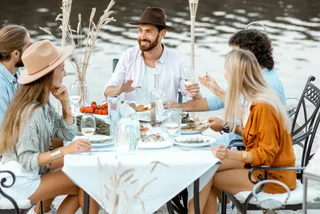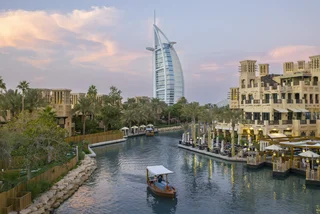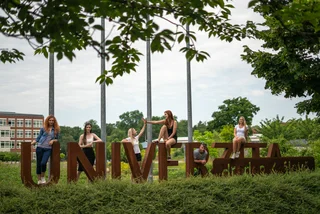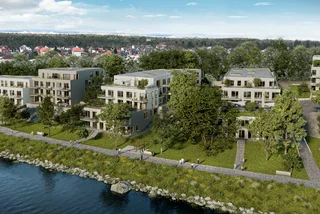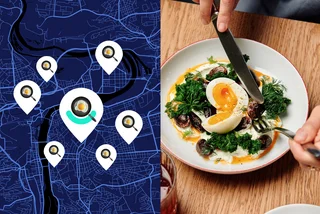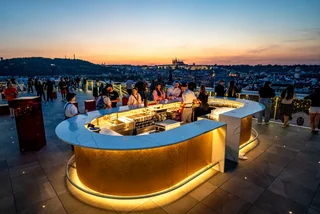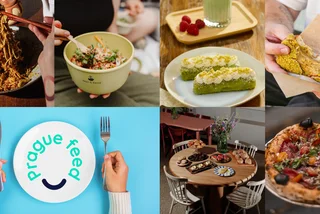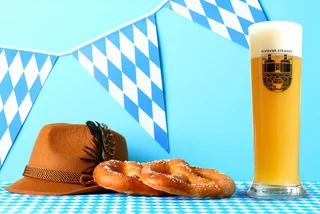According to AutoMat, a Czech advocacy group for car-free cities, pedestrian zones are booming worldwide.
“A trend that began during the pandemic, from wider sidewalks to community gathering spaces, is becoming the new norm in many destinations,” the group notes, citing a Vienna parking garage transformed into a cultural space and San Francisco’s Mission Rock, where abandoned docks and lots became public plazas.
PARTNER ARTICLE
Prague, however, still has a long way to go. Often criticized as one of Europe’s least pedestrian- and bike-friendly capitals, the city unveiled a technical blueprint for safer sidewalks, separated bike lanes, and more people-friendly streets this week.
This weekend, AutoMat offers a glimpse of that future with its 20th annual Experience the City Differently festival. Returning on Sept. 20, the event hands entire neighborhoods back to residents with car-free markets, concerts, and community activities.
With more than 125 locations this year, the festival demonstrates how streets can thrive when freed from traffic, and how Prague’s long-term infrastructure plans could reshape daily life.
From the design shops of Petrské náměstí to the rocky trails of Hlubočepy, residents are invited to rediscover the city’s hidden corners through swaps, food stalls, bike rides, and more.
Petrské náměstí: Indie spirit

Tucked between Old and New Town, this ancient square is home to independent galleries and design studios that open their doors during the festival. It also hosts a clutch of underrated eateries and wine bars, including Al Forno, Las Adelitas, Sansho, Grand Cru, and Prosekárna.
The quarter’s narrow lanes and hidden courtyards date back to the mid-12th century, when German merchants settled around the Romanesque Church of St. Peter. Shaped by successive city walls, the district connected and separated Old and New Town over centuries.
Today it boasts a mix of Baroque mills, Romanesque churches, and First Republic palaces that inspired the iconic novels of Czech YA writer Jaroslav Foglar. This weekend, expect plant and clothing swaps, psychedelic music, and more. Beyond the festival, follow Tour de Petrská on Facebook for regular events.
Hanspaulka: Life amid the villas

Tucked into the northern reaches of Prague 6’s Dejvice district, the Hanspaulka villa quarter has been one of the city’s most desirable neighborhoods since the 1930s when cultural figures such as Lída Baarová, Vlasta Burian, and members of the Devětsil arts collective called it home.
Defined by functionalist villas, two-story socialist-realist houses, and leafy streets, the area also offers old-timey pubs and cozy eateries, including acclaimed pub U Matěje. Green spaces like the U Vizerky trail along the Šárecký stream, and nearby Divoká Šárka add to its daytrip appeal.
This weekend, the inaugural Experience the City Differently – Behind Hanspaulka transforms the area into a pedestrian celebration with a flea market, swap corner, street portrait drawing, live music, retro games, and neighborly treats paired with wine from Vinný krámek.
Zderaz: Echoes of the medieval past

Perhaps the most historically resonant stops on the list, the area around Zderaz offers a glimpse into Prague’s medieval past. Once marked by the rocky outcrop of Řežská skála, which stretched to the Vltava before being cleared during the sanitation works of 1900, the settlement has largely vanished. What remains is the Church of St. Wenceslas on Zderaz, a 900-year-old survivor anchoring the neighborhood.
This year marks the centennial of the Czechoslovak Hussite Church community, and for the first time the church opens its doors to Experience the City Differently, with guided tours and exhibits tracing both its medieval foundations and its ongoing spiritual life.
Just behind Karlovo náměstí, Zderaz stretches between Myslíkova and Resslova streets, steps from the Vltava embankment. Side streets brim with bookshops, antique stores, and cafés. Dining ranges from QQ Asian Kitchen, Gran Fierro, and steadfast Thai at Lemon Leaf to Czech stalwarts Restaurace U Kalendů and V Podskalí.
Hlubočepy: Where the city meets the cliffs

At the mouth of Prokopské Valley, Hlubočepy offers something rare in Prague: direct access to hiking trails and dramatic limestone cliffs within city limits.
Here, the Experience the City Differently celebration has become a local tradition, set between the old railway viaduct and the Prokopský stream, with the valley’s cliffs as a backdrop.
Shaped as much by landscape as people, that DIY spirit shows during the festival, where neighbors set up refreshment stands, pop-up bars, and activities rooted in community.
Adding to the appeal is Semmering, a new restaurant nodding to the nearby Prague Semmering rail line—an engineering feat often compared to Austria’s alpine route. On weekends and holidays, the Pražský motoráček train runs the line, offering sweeping views of the valley before looping back into the city.
Krenovka: Žižkov’s revival

Wedged between traffic junctions on Husitská Street at the edge of Žižkov, Krenovka may look like another dusty 19th-century relic. But from the cycle path along Příběnická Street, its setting is more striking: the old railway switchyard rises above, the Ponec Theatre sits to the east, and the Army Museum anchors the foot of Vítkov.
Built in the 1840s as a roadside inn and later expanded beside the once-beloved Krenn Gardens, Krenovka was saved from decline in a careful 2020–22 renovation. Now a lively cultural and community center, it hosts workshops, theater, and music while reviving its hospitality roots.
During the Experience the City Differently festival, Krenovka bursts into life: exhibits spill onto the street, neighbors share food and drinks, and the old walls echo with everything from singer-songwriters to punk bands. Follow Krenovka year round here.












 Reading time: 4 minutes
Reading time: 4 minutes 